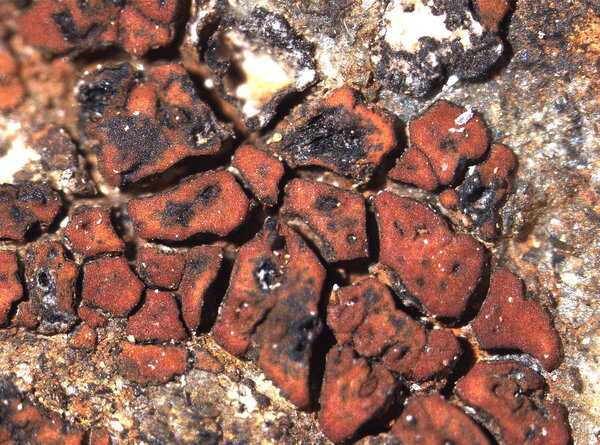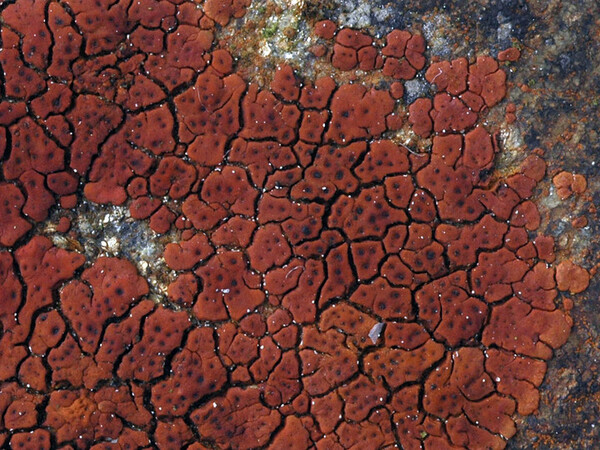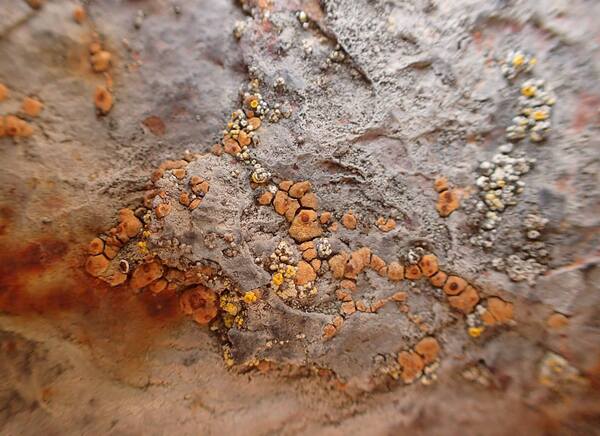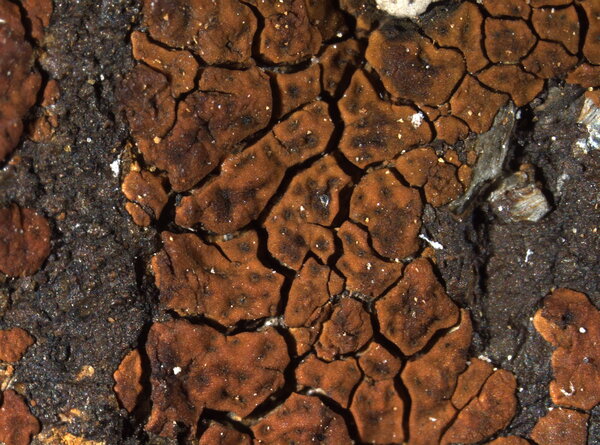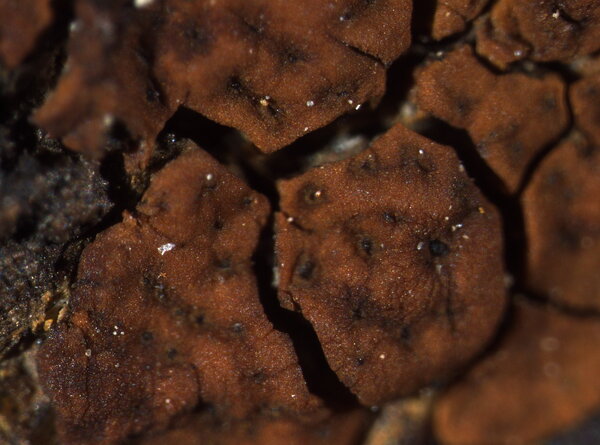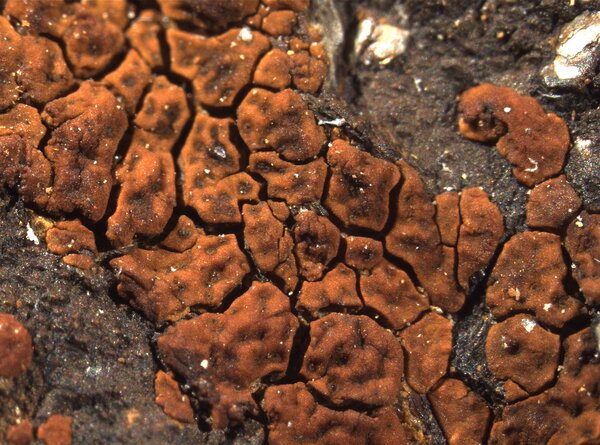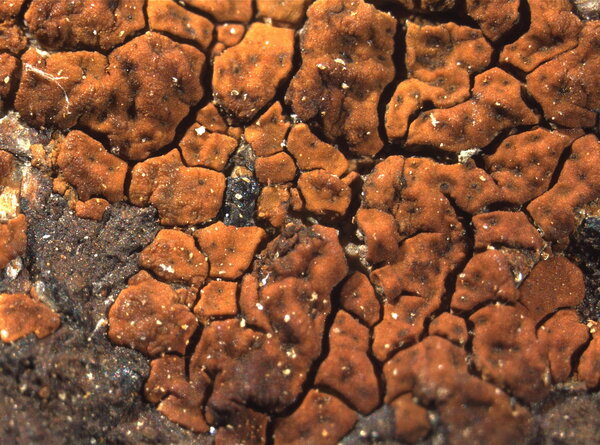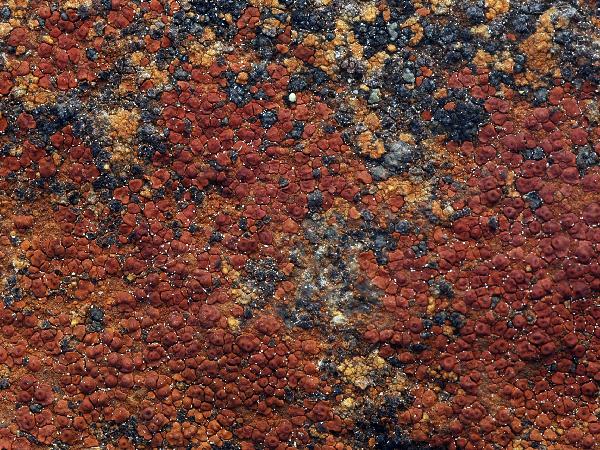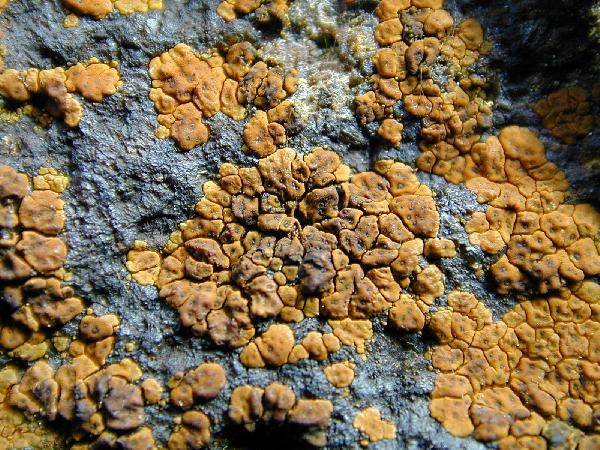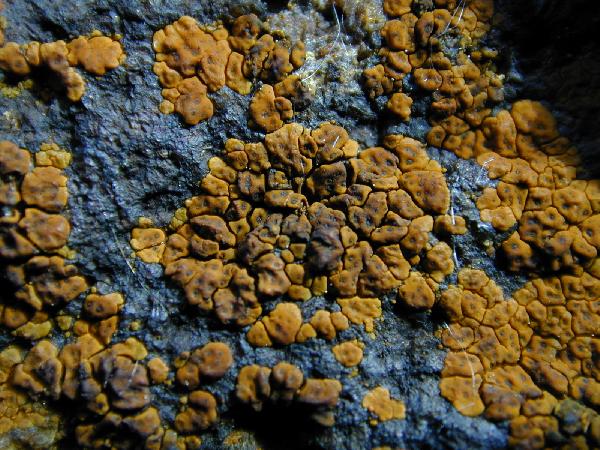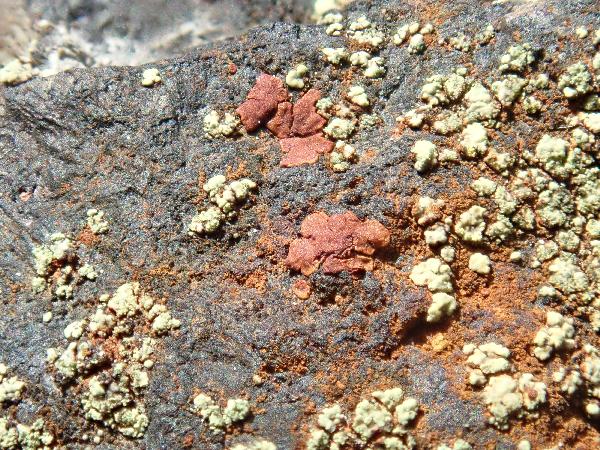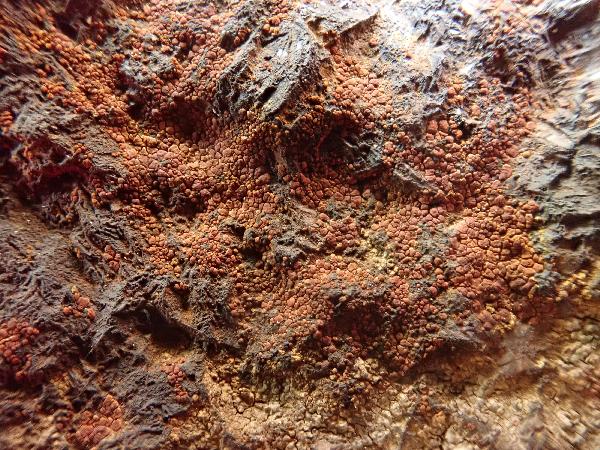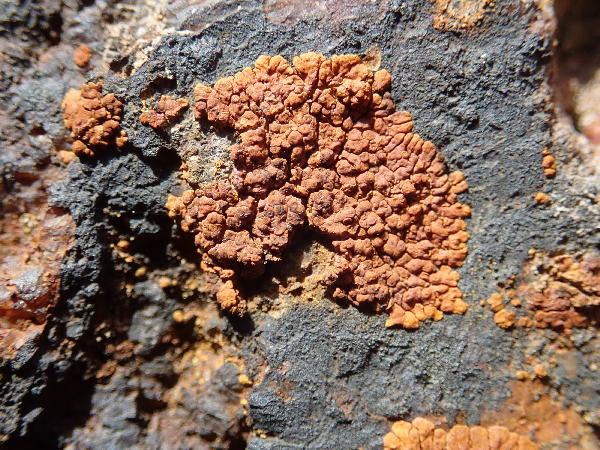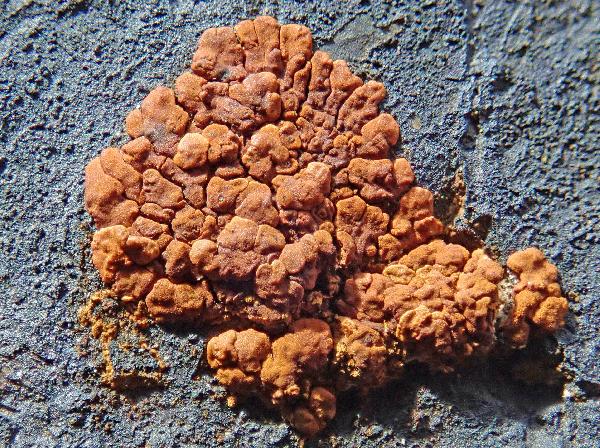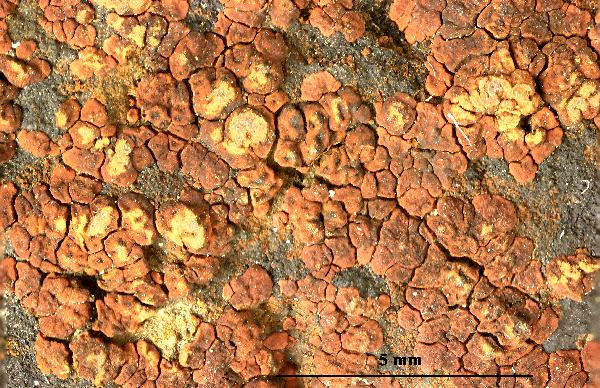Acarospora sinopica (Wahlenb.) Körb.
Syst. Lich. Germ.: 156, 1855
Synonyms: Acarospora sinopica var. ferruginea Körb.; Acarospora smaragdula var. sinopica (Wahlenb.) A. Massal.; Polysporinopsis sinopica (Wahlenb.) Vězda; Zeora sinopica (Wahlenb.) Flot.
Distribution: N - Frl (Tretiach & Hafellner 2000), TAA (Nascimbene & al. 2022), Lomb (Dalle Vedove & al. 2004, Nascimbene 2006), Piem (Isocrono & al. 2003, 2004, 2006, Isocrono & Piervittori 2008), VA (Borlandelli & al. 1996, Piervittori & Isocrono 1997, 1999, Piervittori & al. 2001, Matteucci & al. 2015c). C - Tosc (Giordani & al. 2009).
Description: Thallus crustose, episubstratic, of contiguous to dispersed, c. 1 mm wide, rounded or angular, flat and smooth areoles separated by thin cracks, bright rust-red to dark orange-brown, rarely yellowish in shade-forms, the marginal areoles often elongated and weakly radiating, giving the thallus a subplacodioid appearance. Cortex 20-35 µm thick; photobiont layer continuous, not interrupted by hyphal bundles. Apothecia usually abundant, mostly 2-8 per areole, more or less punctiform and immersed, 0.1-0.2(-0.3) mm across, rarely expanded and up to 0.6 mm across, with a dark brown or blackish disc an a thin, raised, blackish proper margin. Proper exciple 15-30 µm thick; epithecium dark rust-red; hymenium colourless, 120-170 µm high, the hymenial gel hemiamyloid, K/I+ light blue fading to light red; paraphyses 1-1.5 µm thick at base, the apical cells hardly swollen; hypothecium colourless. Asci 100-200-spored, clavate, the apical dome K/I-. Ascospores 1-celled, hyaline, ellipsoid, 3-4 x 1.5-2 µm. Photobiont chlorococcoid. Spot tests: K-, C-, KC-, P-, UV-. Chemistry: without lichen substances. Note: a probably holarctic species of iron-rich rocks and mine-spoil heaps in exposed situations. Widespread, but local, throughout the Alps; also reported from the northern Apennines.
Growth form: Crustose
Substrata: rocks
Photobiont: green algae other than Trentepohlia
Reproductive strategy: mainly sexual
Species of metal-rich rocks
Commonnes-rarity: (info)
Alpine belt: extremely rare
Subalpine belt: very rare
Oromediterranean belt: absent
Montane belt: very rare
Submediterranean belt: extremely rare
Padanian area: absent
Humid submediterranean belt: absent
Humid mediterranean belt: absent
Dry mediterranean belt: absent

Predictive model
Herbarium samples
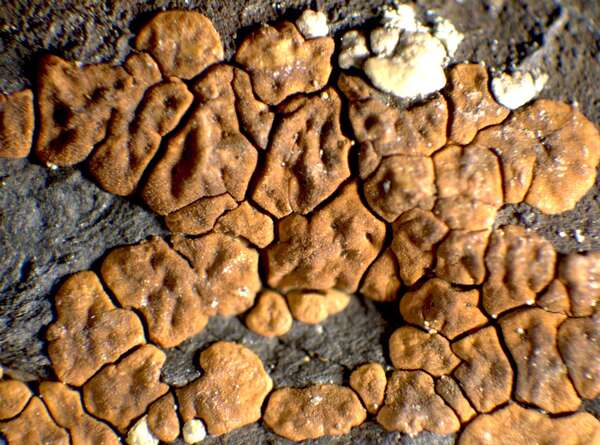

P.L. Nimis; Owner: Department of Life Sciences, University of Trieste
Herbarium: TSB (21110)
2001/12/04


Juri Nascimbene - CC BY-SA 4.0
Stelvio National Park, Reg. Trentino-Alto Adige Prov. Trento, Italy.
07.2005
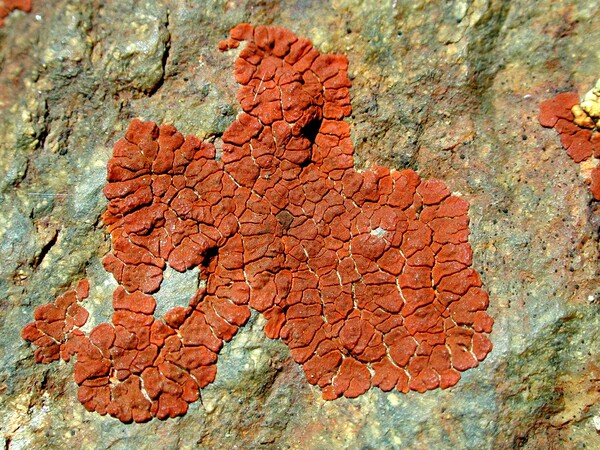

Juri Nascimbene - CC BY-SA 4.0
Stelvio National Park, Reg. Trentino-Alto Adige Prov. Trento, Italy.
07.2005
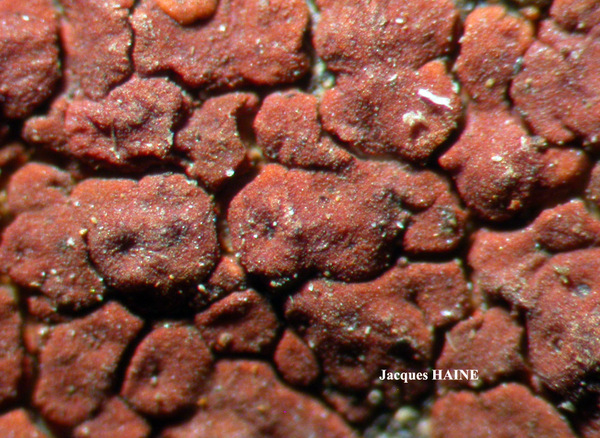
Jacques Haine - Source: http://www.lichensmaritimes.org/index.php?task=fiche&lichen=1030&lang=en
France, Montherme
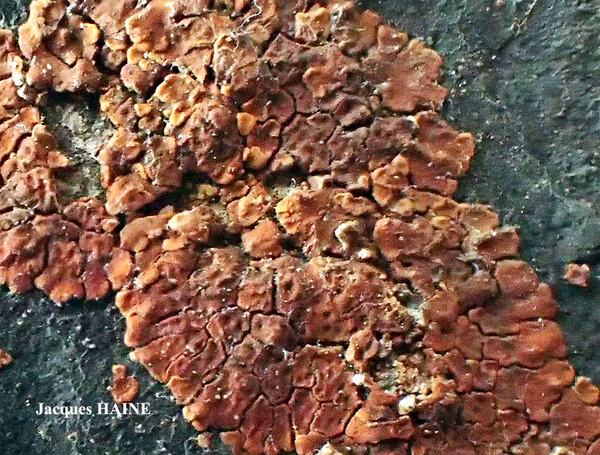
Jacques Haine - Source: http://www.lichensmaritimes.org/index.php?task=fiche&lichen=1030&lang=en
France, Montherme
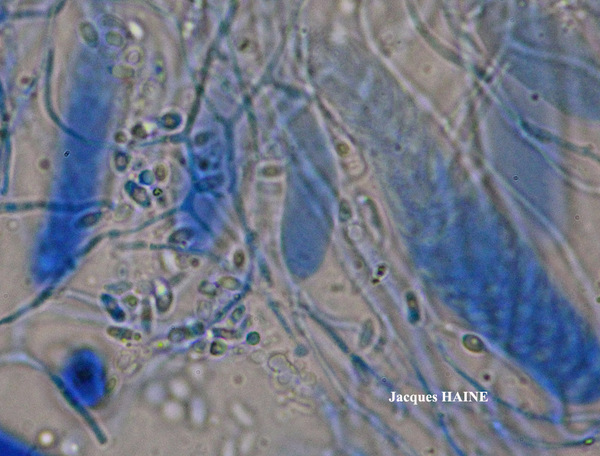
Jacques Haine - Source: http://www.lichensmaritimes.org/index.php?task=fiche&lichen=1030&lang=en
France, Montherme
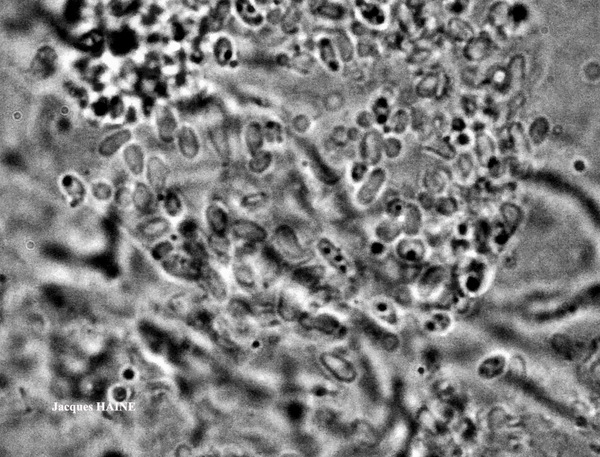
Jacques Haine - Source: http://www.lichensmaritimes.org/index.php?task=fiche&lichen=1030&lang=en
France, Montherme
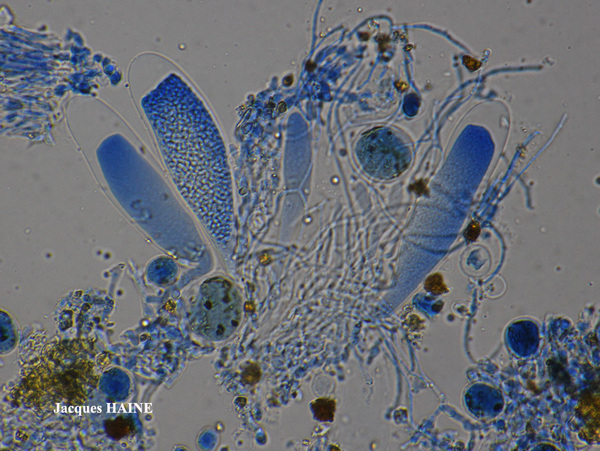
Jacques Haine - Source: http://www.lichensmaritimes.org/index.php?task=fiche&lichen=1030&lang=en
France, Montherme
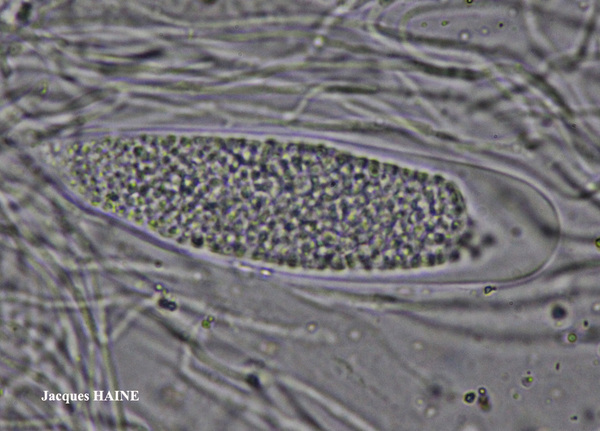
Jacques Haine - Source: http://www.lichensmaritimes.org/index.php?task=fiche&lichen=1030&lang=en
France, Montherme
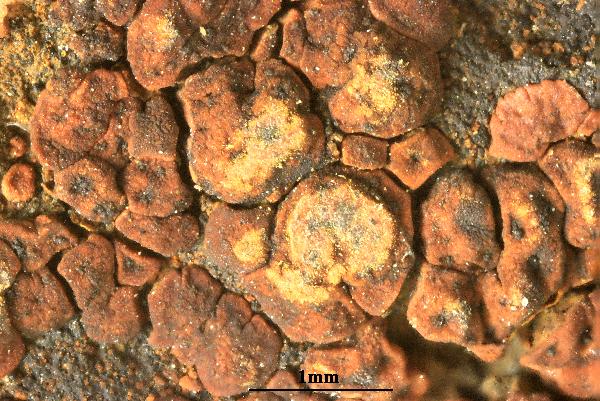

Felix Schumm - CC BY-SA 4.0
[VZR473], Bohemia merid., distr. Prachatice: Kubova Hut', in declivibus
montis Obrovec, loco Ostroh dicto, 950 m. Ad lapides magnos p.p.
ferrum continens. Leg. J. Horáková & A. Vezda, 29.5.1989. EX A.
VEZDA: LICHENES RARIORES EXSICCATI NR. 473.
Growth form: Crustose
Substrata: rocks
Photobiont: green algae other than Trentepohlia
Reproductive strategy: mainly sexual
Species of metal-rich rocks
Commonnes-rarity: (info)
Alpine belt: extremely rare
Subalpine belt: very rare
Oromediterranean belt: absent
Montane belt: very rare
Submediterranean belt: extremely rare
Padanian area: absent
Humid submediterranean belt: absent
Humid mediterranean belt: absent
Dry mediterranean belt: absent

Predictive model
| Herbarium samples |


P.L. Nimis; Owner: Department of Life Sciences, University of Trieste
Herbarium: TSB (21110)
2001/12/04


Juri Nascimbene - CC BY-SA 4.0
Stelvio National Park, Reg. Trentino-Alto Adige Prov. Trento, Italy.
07.2005


Juri Nascimbene - CC BY-SA 4.0
Stelvio National Park, Reg. Trentino-Alto Adige Prov. Trento, Italy.
07.2005

Jacques Haine - Source: http://www.lichensmaritimes.org/index.php?task=fiche&lichen=1030&lang=en
France, Montherme

Jacques Haine - Source: http://www.lichensmaritimes.org/index.php?task=fiche&lichen=1030&lang=en
France, Montherme

Jacques Haine - Source: http://www.lichensmaritimes.org/index.php?task=fiche&lichen=1030&lang=en
France, Montherme

Jacques Haine - Source: http://www.lichensmaritimes.org/index.php?task=fiche&lichen=1030&lang=en
France, Montherme

Jacques Haine - Source: http://www.lichensmaritimes.org/index.php?task=fiche&lichen=1030&lang=en
France, Montherme

Jacques Haine - Source: http://www.lichensmaritimes.org/index.php?task=fiche&lichen=1030&lang=en
France, Montherme


 INDEX FUNGORUM
INDEX FUNGORUM
 GBIF
GBIF
 DOLICHENS
DOLICHENS
